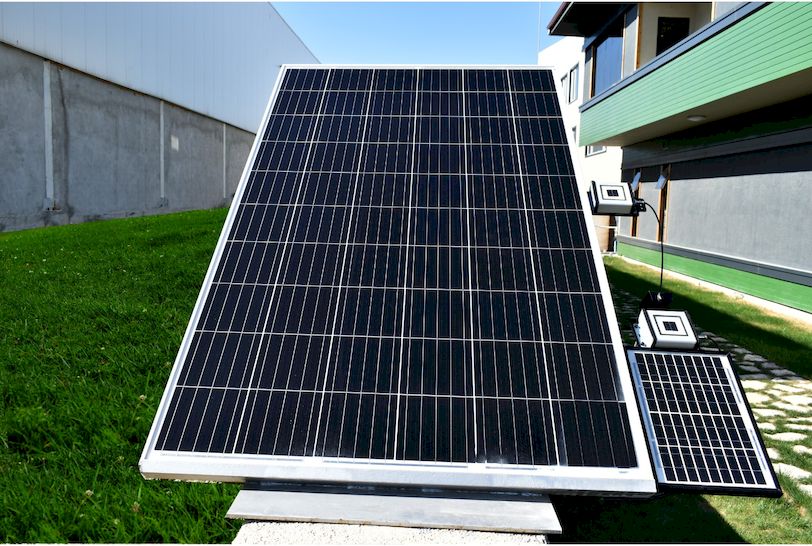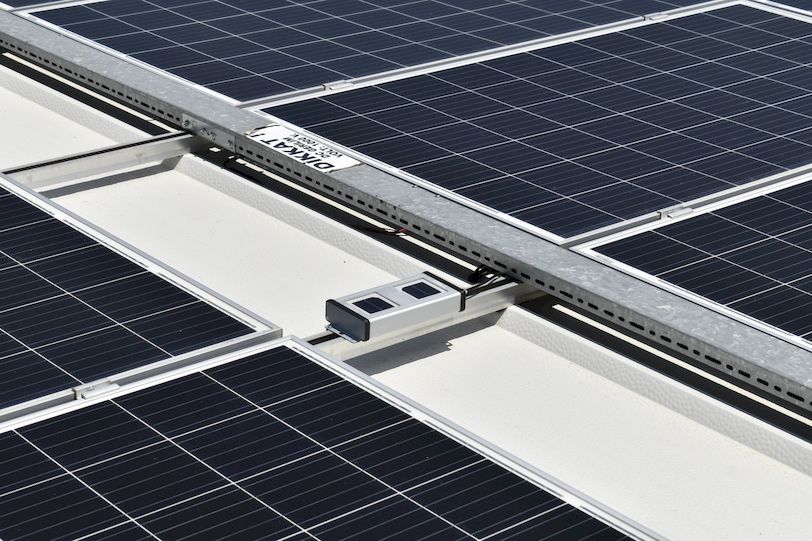Irradiance can be decreased due to the soiling on the PV modules, serious losses may occur in the value of solar radiation reaching the modules. Therefore, soiling stands out as an important parameter to be considered in solar power plants. For this, we should ask the question why to use soiling sensor.
SEVEN Sensor produces mainly two types soiling sensors.
- Manual Soiling Monitoring system
- Automatic Soiling Monitoring system

Manuel Soil Monitoring System using a clean and a dirty PV cell. They compare the power of the cell to calculate the soiling ratio and transmission loss. They require two cells because they must have one clean and one dirty in order to get the transmission loss. The IEC 61724-1 standard includes a soiling standard, with recommendations for the number of sensors and so forth. In order for a solar PV plant to achieve Class A status for IEC, there must be a soiling system onsite per those recommendations. Seven Soiling Monitoring Systems, also meet these requirements.
The Automatic Soil Monitoring System is cleaned directly with water. In this system, there is no need for an employee to go near the sensor and clean it manually.
There is only one thing that to prevent soiling. It is, cleaning the panels. However, this process is expensive in large projects, especially in non-water areas. Not knowing the amount of dusting creates uncertainty about the extent of the production loss due to pollution. By using the SEVEN dust monitoring sensor, the soiling ratio can be clearly measured and the cleaning process can be decided.
So now, you received the answer of “Why Can I Use Soiling Sensor”
SEVEN Sensor will provide more detail about soling sensor types in next articles. Continue to follow SEVEN Website.
